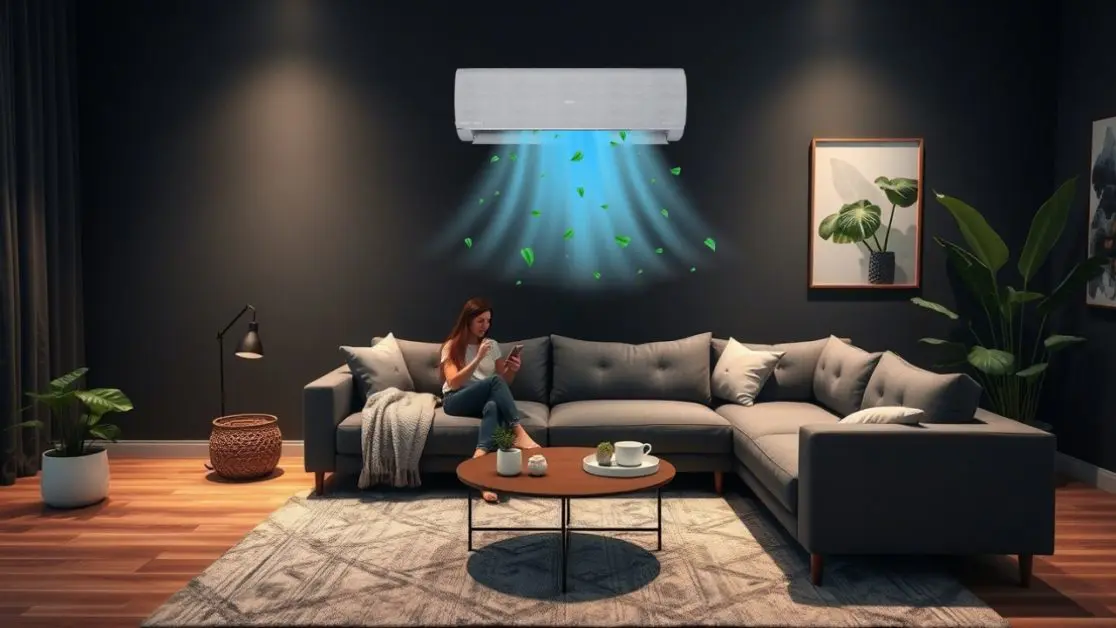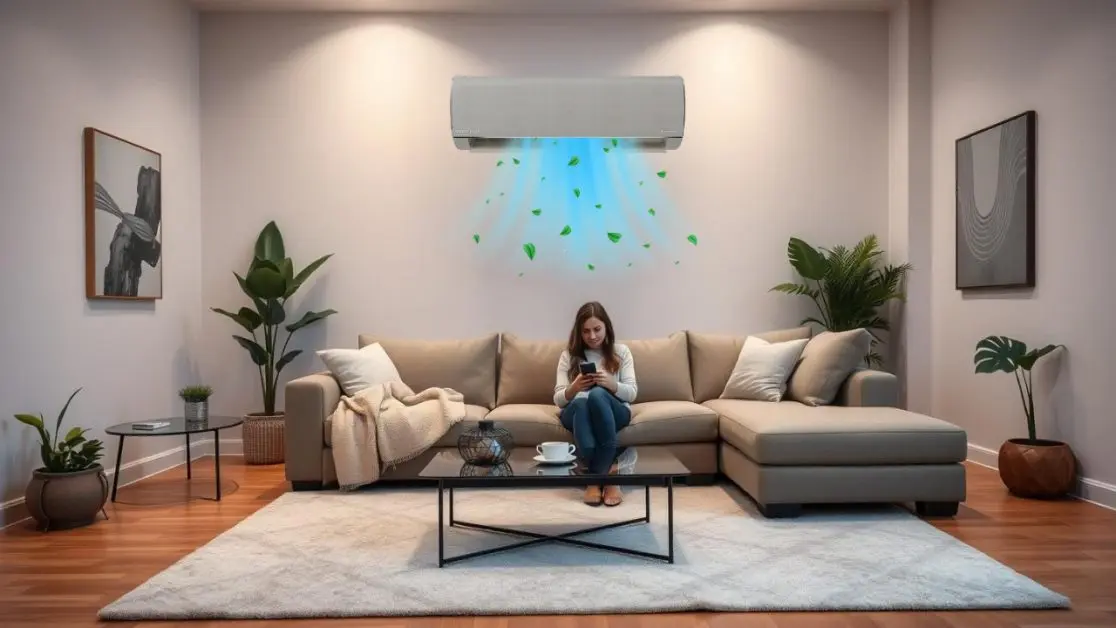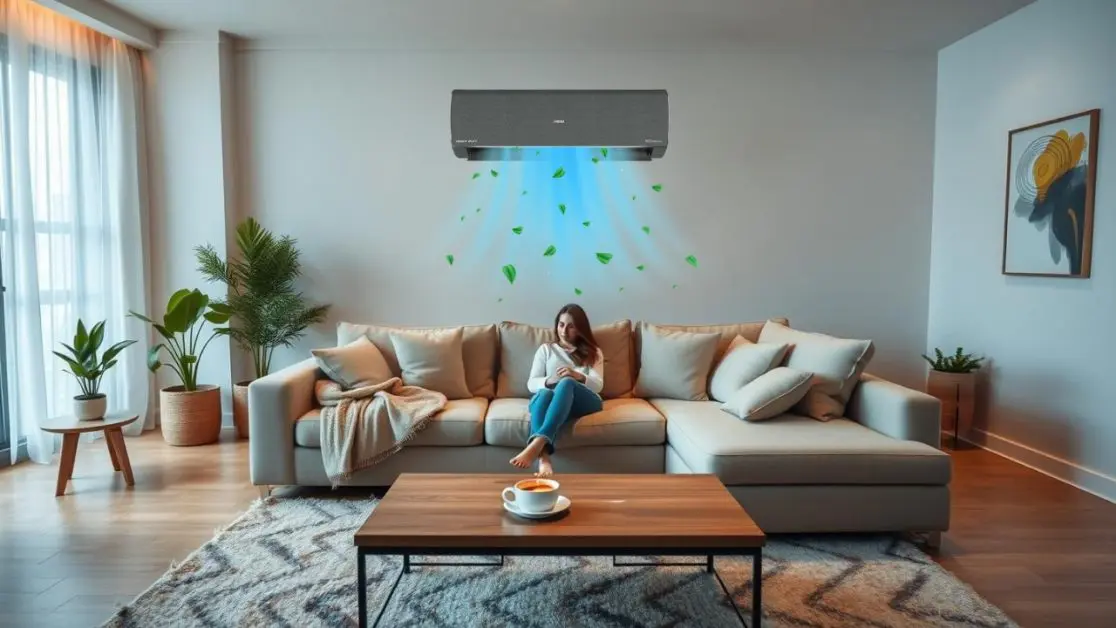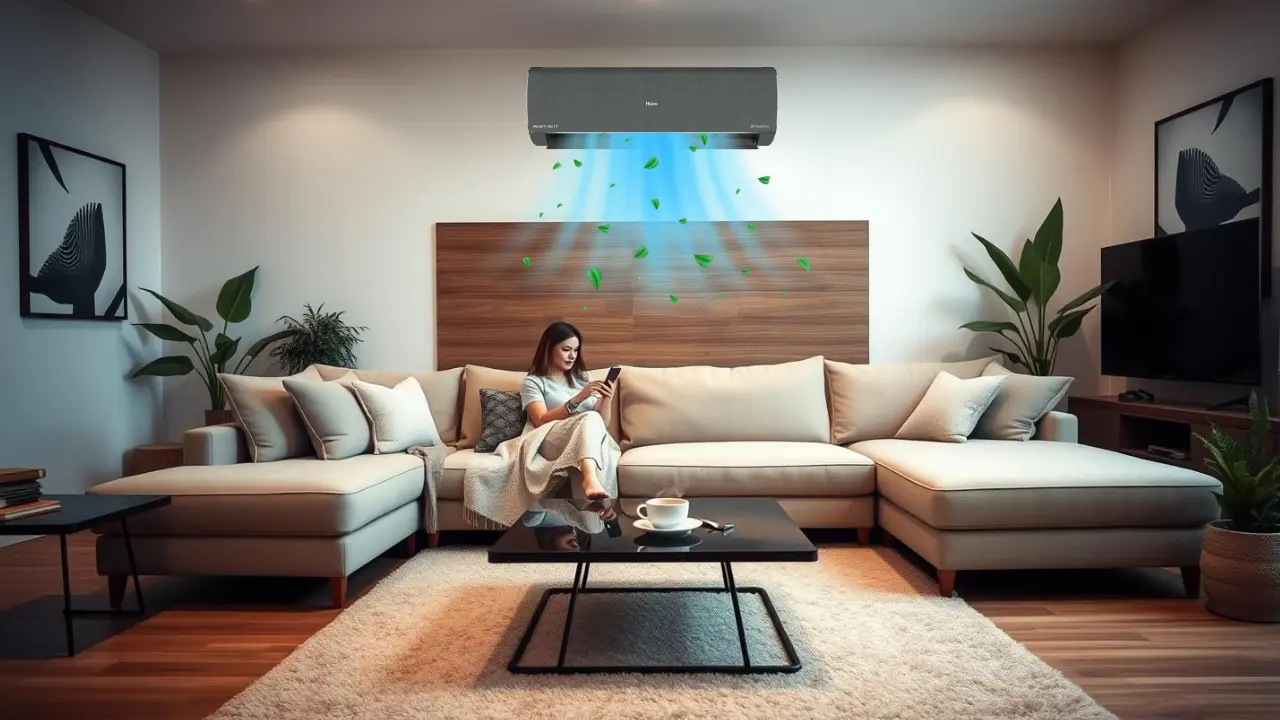You bought an air conditioner. It is modern, effective, energy-saving, and even equipped with smart technology that syncs with your phone.
However, just when you are about to enjoy the refreshing cool air your AC brings, a family member suddenly says, “Have you installed a stabilizer? What if the voltage drops?”
Now, you are left questioning whether a stabilizer is really needed, or if that advice was outdated.
To clear the confusion, let us explain that in 2025, the air conditioner technology has developed immensely, especially in India where voltage irregularities are frequent.
But do those smart inverter ACs really hold up without a stabilizer? Or is it just a marketing gimmick?
In this article we are going to explain if your AC needs a stabilizer in 2025 and what things you must consider before installing one.
Why Everyone Used to Swear by a Stabilizer

Stabilizers, back in the days, were as quintessential as the AC itself. Inhabitants of Indian cities, most particularly smaller towns, faced the constant challenge of power supply dropping or rising at random intervals. This meant your AC, the compressor in particular, always faced the threat of damage.
Stabilizers used to be installed like seatbelts: not extravagant, but effective at preventing disaster. Let’s explore what has changed in 2025.
The Functionality of AC Units has Increased Dramatically
It was common for modern inverter ACs to focus solely on quicker cooling as well as conserving energy. Now, serious in-built voltage management technology comes with many modern devices.
Take the latest ACs, for example. These aren’t just “inverter ACs” in the basic sense. They come loaded with full DC inverter technology, smart sensors, and even AI driven climate control. But most importantly they can handle voltage ranges between 120V to 290V without breaking a sweat.
That’s a game changer for Indian households where the reality of enduring extreme voltage fluctuations, especially with summer power dips or monsoon thunderstorms, is all too real.
Do You Still Need a Stabilizer For Inverter AC?
Let’s be honest. The answer depends on two things:
- Where you live
- Which AC you own
For example, if you’re in a metro or Tier 1 city (think Delhi, Mumbai, Bangalore, Hyderabad) with a good quality inverter AC, then you absolutely do NOT need a stabilizer.
These air conditioners (ACs) specifically address the issues faced in India. They incorporate modern features like high-efficiency power modules, hyper-protected printed circuit boards (PCBs), and intelligent motor control that self-calibrates. Basically, they have mastered the functions of stabilizers.
If, however, you reside in an isolated region where voltage consistently dips below 120V or fluctuates above 290V, then a stabilizer will certainly help as an extra layer of safeguarding.
But Won’t a Stabilizer Give Me Peace of Mind Anyway?

Maybe. But here’s the catch.
Stabilizers are no longer plug-and-play like they used to be. Using the wrong one especially with modern inverter tech can cause more harm than good. You might interfere with your AC’s internal voltage controls. It’s like giving someone glasses they don’t need. It distorts what’s already being managed perfectly.
In certain instances, stabilizers have caused:
- Failure to promptly respond to compressor demand
- Decreased efficiency
- Increased operational costs
Unless equipped with inverter-friendly technology, most modern stabilizers pose unnecessary risk.
Features-Integrating Stabilizer Functions

Of course, we are not saying anything without reason. These ACs contain some of the most sophisticated technology.
1. A-PAM and PID Inverter Controls
Your AC will now notice any voltage changes and make the necessary adjustments. No overheating, drama or burnt parts.
2. Hyper PCB with Conformal Coating
Consider this as a brain guard for the AC`s Hyper motherboard. No matter the situation, be it the dry heat of Rajasthan or the humid Kerala, the AC’s electronics will remain calm.
3. Kick Torque Start (KTS)
An AC turning on in less than a second? Well, that’s AC for you. It can function under low voltage and cool rooms within no time.
4. AI ECO and Climate Control
This is when the sci-fi part begins. If there is a voltage drop, the smart system will predict segments for adjustment upto 24°C based on past patterns. It will do so without discomforting the user.
5. Operates Comfortably at 60°C Outdoors
This is gold. Brutal Indian summers? Tough for us, easy for Haier AC. Even at 60°C outside, their temperature control remains unwaveringly steady.
Still Unsure? Let’s Discuss Some Frequently Asked Questions
Q: Is it a good idea to use a stabilizer with modern inverter ACs?
Yes, but only if the stabilizer is specifically meant for inverter ACs. Using inferior quality or non-inverter stabilizers will disrupt the efficiency of your AC as it will override inter voltage controls.
Q: Will skipping a stabilizer affect warranty?
Generally, if the AC is designed as “stabilizer-free”, the warranty is centered around no external stabilizer being used. Always reconfirm the warranty document for peace of mind.
Q: What if the wiring in my house is old and somehow the wiring is faulty?
That’s motivation to replace the wiring! But yes, a modern stabilizer may serve as a good temporary solution in such cases.
Why This Decision Matters More in 2025
External stabilizers tend to drastically increase the power consumption of older ACs. With each device added to the mix, there’s some added inefficiency that arises as a result. Furthermore, stabilizers create heat, leading to ACs needing to work even harder.
Newer Haier ACs also include:
- The AI ECO Mode which cuts down consumption automatically
- Monitoring through an app in real-time for electricity consumption
- Target setting motivates staying within a given monthly usage limit
If you haven’t made your decision yet, consider this: a good inverter AC made without a stabilizer can be more economical in the long run.
Still Want a Stabilizer? Here’s What to Do
If you really need a stabilizer, don’t buy the local junk from the corner electronics shop. Get a digital stabilizer which:
- Supports inverter technology
- Works within the 90V–300V range
- Has protection from surges
- Has automatic cut-off features
But honestly, if your AC model or equivalent, you don’t need this unless your home power supply is super unreliable.
Follow Tech Logic, ignore the Traditions

Let’s wrap it up simply.
- Old ACs? Yes, stabilizer needed.
- Modern non-inverter ACs? Probably yes.
- Inverter ACs? Nope. They’ve got it all covered.
In a world that’s getting smarter and more power-efficient, external stabilizers feel like relics. ACs are built for Indian conditions, fluctuations, heatwaves, monsoons, and all. They’ve internalised the role of a stabilizer and added layers of protection on top.
So unless your power supply is unusually erratic, you’re better off without the box.
Final Thoughts!
Why buy the most advanced smartphone but still have to drag around a bulky power bank everywhere you go? It just doesn’t make sense, right?
That’s how using a stabilizer with a smart AC in 2025 will feel like: clunky, unnecessary and outdated.
If you’re planning to purchase an AC this year, pick one that doesn’t just cool. Pick one that adapts, protects, and saves without needing extra gear.
Explore Haier India’s ACs Range today.
With ultra-fast cooling and energy-saving AI modes, Haier India’s 2025 inverter air conditioners are designed to outsmart Indian homes and all the challenges that come with them. No stabilizer, no problem, just smart, powerful, reliable cooling all year round.

